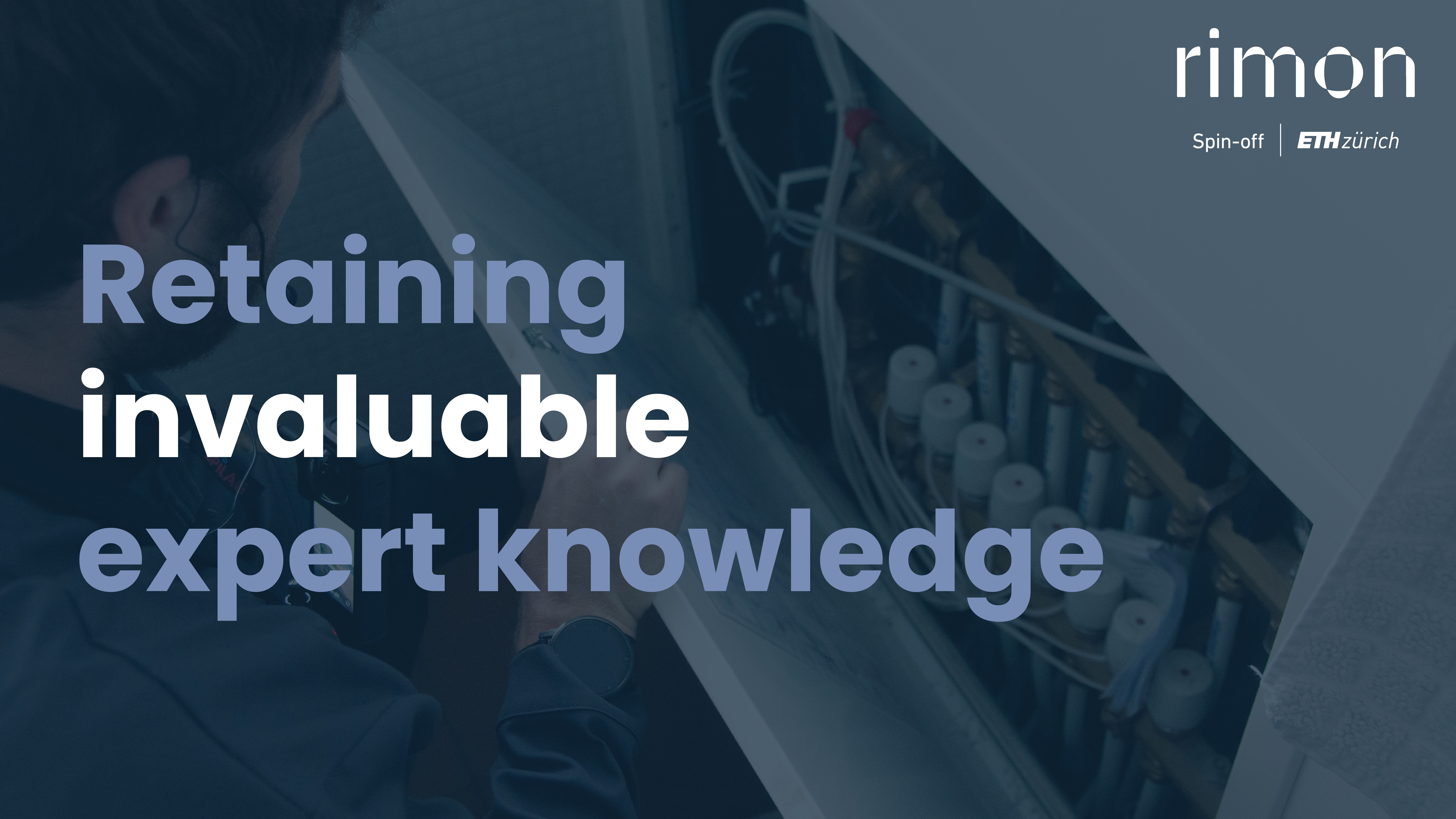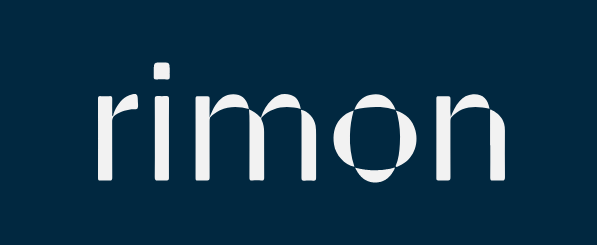

Industrial companies are facing a growing challenge: critical expert knowledge is retiring faster than it can be transferred to the next generation. This leads to longer downtimes, inefficient processes, and an increasing reliance on a shrinking pool of experienced technicians.
Rimon addresses this problem with Digital Walter, an AI-powered knowledge management platform that captures, structures, and makes industrial expertise easily accessible. Through video-based capturing, and smart search, frontline workers can retrieve crucial guidance exactly when they need it—without relying on just a single expert.
With 20 years of expertise digitized in just one week, Rimon helps industrial companies reduce costly downtime and ensure operational continuity.
Based in Zurich and an ETH spin-off, Rimon is working with leading industrial companies to future-proof their operations and prevent knowledge loss before it happens.
